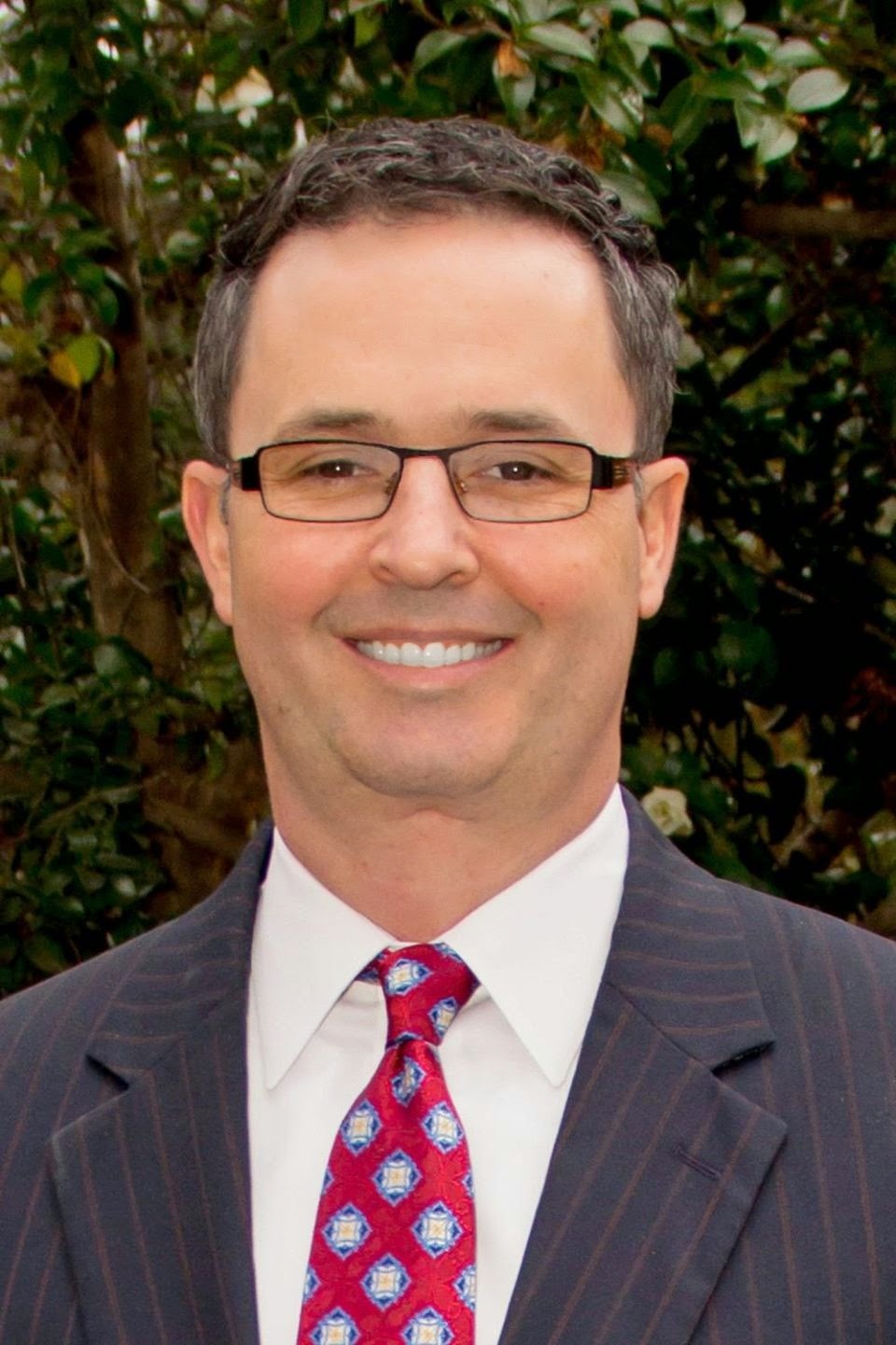Welcome back to week five of Communication Station. I have
learned a tremendous amount about blogging this year thanks to my professor, Dr
Padgett. Instead of taking tests and writing scholarly papers, our class
maintains a professional blog. I really enjoy this unique approach to learning.
This week are going to discuss blogging, digital democracy and citizen
journalism. The term blog is a shortened form of web log. The activity of
updating a blog is “blogging” and the person who creates the blog and updates
it with information is a “blogger.”
Why do we blog? Several studies have examined why bloggers
blog. The studies found five motivational factors for blogging: documenting
one’s life; providing commentary and opinions; expressing deeply felt emotions;
articulating ideas through writing; and forming and maintaining community
forums. (Nardi et al. 2004b)
Blogs provide a venue for people to express their ideas or
organize their thoughts as well as influence others opinions and provide
viewpoints that are alternative to mainstream media. Some scholars say that
blogs promote citizen journalism and digital democracy.
The act of citizens playing an active role in collecting and
reporting news and information is citizen journalism, also known as
“participatory journalism” or “internet journalism”. The internet can be used as a tool for
citizen’s to report news. Bloggers provide a personal feel to the story. Blogs
have changed the way we read media and news and the way journalist report the
news across the web. Blogging isn't journalism but journalist do blog. Many
news organizations require journalist to maintain a blog. Running a blog
creates a way for bloggers to connect with their audience on a whole new level.
The availability of new technology has made it easier for
citizens to report incidents quicker than journalists are even made aware of
the event. New media technology, such as cellphones and media sharing websites
have given the citizens the power to report, unscripted, unedited, real-time
information 24 hours per day. In some situations the citizen journalist would
be approached by news organizations or investigators for more detailed
information about an event.
Blogs are important tools used to promote digital democracy.
They enhance the participation in political decision making by citizens. They
represent the public interest in the digital era.
How many blogs are out there? Professional blogger
Eric Pangburn posted
the following stats on his blog on April 7, 2013:
- Tumblr.com shows it has over 101.7 million blogs
with 44.6 billion blog posts
- WordPress.com has over 63 million blogs
- Livejournal reports to have 62.6 million blogs
- Weebly states it has over 12 million blogs
- Blogster has over 582,754 blogs
This information was posted over a year ago. The numbers are
astounding and they continue to grow. There are blogs about any topic that you
can think of. With so many blogs floating around in the blogosphere, how do we
know which blogs are reputable? You cannot believe everything you read on the
internet. Bloggers need to let readers know that the information they are
reading is quality. There are several things bloggers can do to let their
readers know that the information that is posted is quality information.
The blogger can list their credentials in their bio. When I
stumbled upon Eric Pangburn’s
Snitch IM
blog, I read his bio and realized that blogging was how he supports his family.
If your blog has ever won an award or was mention in a popular news article,
it’s a good idea to flaunt that information on your blog. Pangburn’s bio says that
his blogs have been featured in several top websites including NY Post “Best of
the Week”.
When bloggers post numbers and statistics, it is important
to reference where they found the information and provide links to studies or
websites.
The blogger could feature trusted logos and awards to their
site to establish credibility. Recently I discovered that my dear
brother-in-law, Mike Fish, is a blogger. Mike is an attorney specializing in workers
compensation. The name of his blog is
Alabama Worker’s Comp Blawg.
On the cover of his blog he has the law firm’s logo. There is also an image
displayed showcasing that the blog was named one of the top 25 Workers’
Compensation blogs by LexisNexis in 2009. I have never heard of LexisNexis, but
the fact that the blog won an award makes me think it’s a credible source in
the workers’ comp world. If you click on the LexisNexis image you can read the
reviews that the blog received.
Best Blogs to Watch:
One of the best newcomers this past year has been Alabama Workers' Comp Blawg, which covers both state and national news. What we like about this blog is that it tells you in plain English what the real impact of a court's decision or other change in law will be, and provides practice pointers and opinions of the writers.
Mike Fish
High five bro-in-law, so proud of you!
People are starting to take note of the power of influence
some bloggers have. Kelly Cutrone, a judge on “America’s Next Top Model” and
owner of fashion p.r. firm People’s Revolution tells the N.Y. post “Bloggers
are being paid to sit in the front row, and editors are not. They’re talent
along with reality-TV people and actors.” There are famous bloggers that are
treated like celebrities because of their devoted fan base. Some bloggers are
getting six-figure deals.
In conclusion, I want to encourage you to give blogging a
try. Don’t be afraid to explore the blogosphere. Sit down and do some deep
thinking about a topic that you find interesting. Do some research if necessary
and share your thoughts. You would be amazed of what goes on in your mind once
you take the time to organize your thoughts and deliver.
What are some of your favorite blogs?
Thank you for your time. I look forward to reading your
responses.



